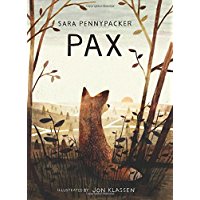 Thanks to Net Galley, I have had the ARC of The Chilbury Ladies’ Choir on my Kindle for some time. Jennifer Ryan’s novel sounded right down my alley when I requested it – historical fiction set in an English village in World War II. I had been anticipating its move to the top of my reading list.
Thanks to Net Galley, I have had the ARC of The Chilbury Ladies’ Choir on my Kindle for some time. Jennifer Ryan’s novel sounded right down my alley when I requested it – historical fiction set in an English village in World War II. I had been anticipating its move to the top of my reading list.
The premise begins when the Vicar disbands the church choir because all the men have gone to war. The church ladies can’t be kept down long. They rally and reframe the choir for women only and so the thread of song winds through the novel. Diaries, letters, and journals tell the story of the village with intrigue, romance (not just for the young), and wartime life and death issues. There’s a conspiracy with the birth of two babies swapped by a midwife, the question of the real identity of the new guy in Chilbury where all the residents know each other, and the billeting of military. The members of the ladies’ choir have their hands full.
I’ve tried to decide who to name as the protagonist and have come up with the community. The gossip and intrigue over large things and small will be familiar to anyone who has loved living in a village. While five ladies from the choir get the most attention, the men in the story are not to be ignored. In her first novel, Jennifer Ryan keeps her villains sympathetic and her heroes flawed.
The book is purely recreational reading and fulfills its purpose. The book release is tomorrow (February 14), and I’m hoping Jennifer Ryan has a second novel on the way.






























